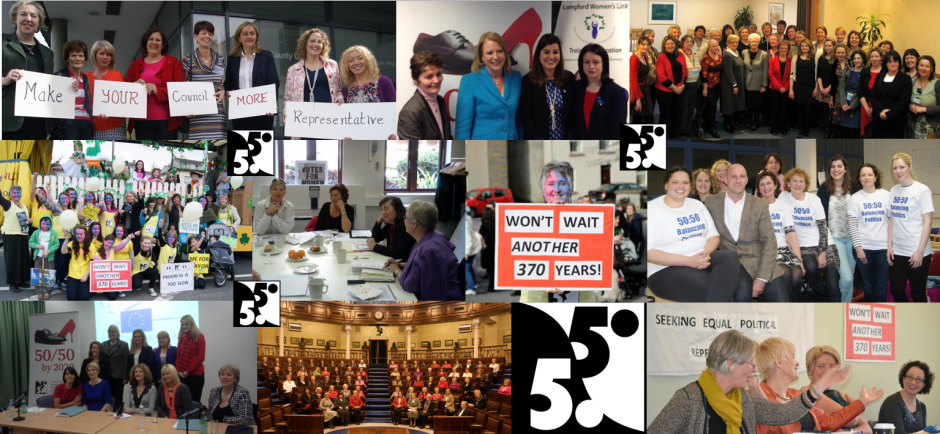by Anna Kingston
45 percent of the members of the Swedish parliament are women. This places Sweden second in the world according to the world classification list compiled by the Interparliamentary Union. Although the struggle for gender parity in Sweden had begun as early as the 1920s, it was only in the 1970s that women’s representation became an issue of prestige for the political parties:. The political parties were all officially still against gender quotas but started to compete in order to become “the best in class” regarding women’s representation (for more details see Lenita Freidenvall’s research).
Before the 1974 Swedish general election women’s representation in the parliament was similar to the Irish situation today – 14 percent. However, after this election the representation rose to 21 percent, the greatest increase ever! Female representation continued to rise steadily until the 1990s when there was a general backlash against feminism and the women’s movement.
After the election in 1991 women’s representation in the Swedish parliament decreased for the first time since 1928 – this was considered a crisis. A network of women then threatened to form their own political party if the established parties did not nominate more women. The Social Democrats were first out and introduced lists with alternate male/female names (the zipping system) in the following election, 1994. Other political parties, such as the Green Party, the Left Party and the Liberal party introduced similar policies. The Conservative Party and the Center Party also improved their female representation, but based only on rhetoric and not policies.
After the election 2006 there were a record-number of women in the Swedish parliament – 47.3 percent. This, however, fell to 45 percent after the election 2010 with a new right-winged extremist party elected – the Swedish Democrats. Only 3 of their 20 sitting members of the parliament are women.
The Swedish example shows us that female representation in politics can increase rapidly if political parties decide to put this issue high on their agenda. There is no talk about Swedish women politicians being “token” politicians voted in because of their gender – on the contrary they participate actively in Swedish legislation and policy making which today still is the envy of many other countries around the world.
